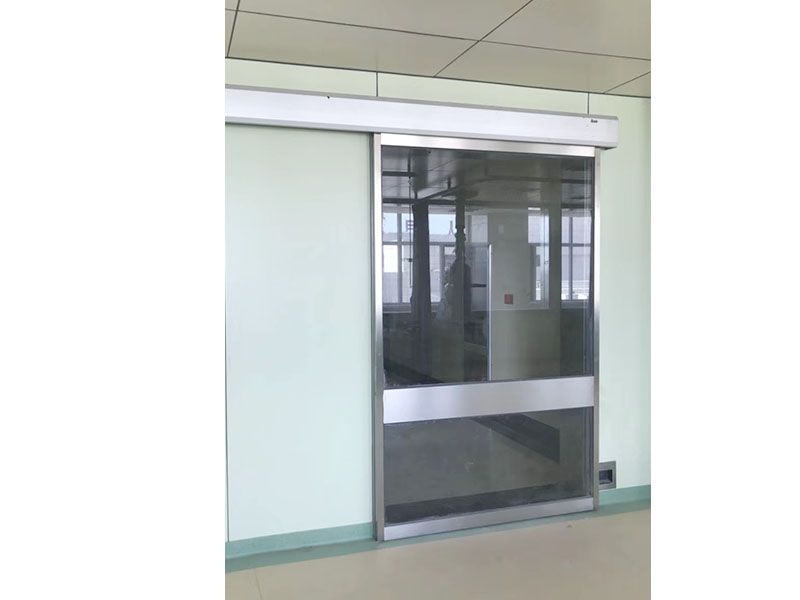
Various critically ill patients are admitted to the ICU, and different patients often require different levels of monitoring and treatment. Therefore, it is impossible to develop a unified ICU monitoring plan that is suitable for each patient. But ICU patients have a common characteristic, which is that their condition is critical and requires at least basic daily monitoring, namely general monitoring, except for special monitoring.
Intensive Care General Care
Monitor heart rate, electrocardiogram, and respiration with a monitor; Record respiratory rate and blood pressure at least once per hour; Measure and record body temperature every 2 hours; Strictly record the inflow and outflow; Measure urine specific gravity, urine routine, and ketone bodies every 8 hours, and check fecal occult blood once; Accurately measure body weight once a day and accurately record the calorie intake once.
Intensive Care Special Care
Depending on the condition: ① Monitoring of patients with intravascular catheterization: daily replacement of catheter flushing fluid, intravenous infusion fluid, infusion tubes, and dressings. When changing dressings, check for signs of infection at the catheter site. If the catheter is placed for a long time, samples should be taken from the catheter at least once every 3 days for bacterial culture. For patients with central venous, arterial, or pulmonary artery catheterization and fever above 38.5 ℃, peripheral blood culture should be performed, and blood should be taken from each catheter for culture. If the patient shows symptoms of sepsis or a positive blood culture, the infected catheter should be removed. If the catheter still needs to be inserted, it needs to be replaced and re inserted. When removing catheters from arteries, central veins, or pulmonary arteries, samples should be taken from the tip of the catheter and sent for culture. Insert catheters into arteries, central veins, and pulmonary arteries, and use locking connectors at all connections to prevent accidental detachment and bleeding or gas embolism Monitoring of patients undergoing endotracheal intubation and tracheotomy: It is necessary to use appropriate methods to fix the endotracheal intubation, nasotracheal intubation, and tracheostomy tube, and to restrain and fix the limbs. Promptly remove secretions from the catheter or sheath, and aspirate at least once every two hours. At least twice a week, check the inhaled material in the trachea and perform Gram staining bacteria and sensitivity tests Monitoring of peritoneal dialysis patients: To prevent infection, catheterization should be placed in the operating room. Use a closed sterile drainage device. The drainage device should be replaced once a day, wearing gloves and a mask during replacement, and strict attention should be paid to aseptic operation techniques. When replacing the drainage tube, the drainage fluid should be subjected to cell counting, classification, Gram staining, and bacterial culture to observe the occurrence of peritonitis. When using hypertonic glucose for dialysate, measure blood glucose every two hours. When using potassium free dialysate to reduce blood potassium, blood potassium should be measured every 4 hours until it returns to normal. When switching to potassium containing dialysate after normal blood potassium levels, the frequency of blood potassium measurements can be reduced. If the amount of dialysate is too large, it can cause excessive abdominal distension, leading to an increase in blood pressure and respiratory dysfunction, which should be observed carefully Monitoring of comatose patients: closely monitor the neurological and mental state (see coma). Intensive care isolation technology
There are two types of patients who need to be isolated: one is infectious disease patients who are contagious to others; The other type is not inherently infectious, but is susceptible to infection due to illness. The isolation techniques and treatment for critically ill infectious disease patients are the same as those for general infectious diseases. As for critically ill patients who do not have infectious diseases and require protective isolation, it is a special issue in the ICU. Patients with severe burns (area>15%, second or third degree burns) and impaired immune function (especially those receiving bone marrow transplantation) need protective isolation. It is best to separate protective isolation zones from infectious disease isolation zones. If conditions limit the use of the same isolation zone, the same nurse cannot care for two types of patients who need to be isolated.


Service Hotline:

Address: 8 zhudian north road, licheng district, jinan city, shandong province
Phone:4006091213
E-mail:moenke@dingtalk.com


Copyright © 2024 SHANDONG MOENKE DOOR INDUSTRY CO.,LTD.